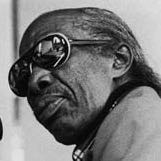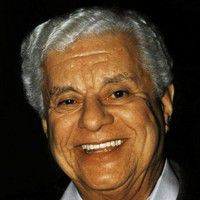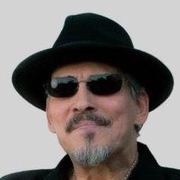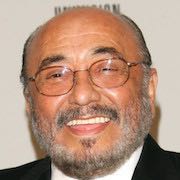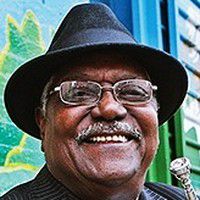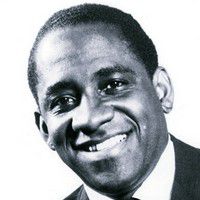Arsenio Rodríguez (born Ignacio Arsenio Travieso Scull; 31 August 1911 – 30 December 1970) was a Cuban musician, composer and bandleader. He played the tres, as well as the tumbadora, and he specialized in son, rumba and other Afro-Cuban music styles. In the 1940s and 1950s Rodríguez established the conjunto format and contributed to the development the son montuno, the basic template of modern-day salsa. He claimed to be the true creator of the mambo and was an important as well as a prolific composer who wrote nearly two hundred songs.
Despite being blind since the age of seven, Rodríguez quickly managed to become one of Cuba's foremost treseros. Nonetheless his first hit, "Bruca maniguá" by Orquesta Casino de la Playa, came as a songwriter in 1937. For the following two years, Rodríguez worked as composer and guest guitarist for the Casino de la Playa, before forming his conjunto in 1940, one of the first of its kind. After recording over a hundred songs for RCA Victor over the course of twelve years, Rodríguez moved to New York in 1952, where he remained active, releasing several albums. In 1970, Rodríguez moved to Los Angeles, where he died of pneumonia shortly before the end of the year.

